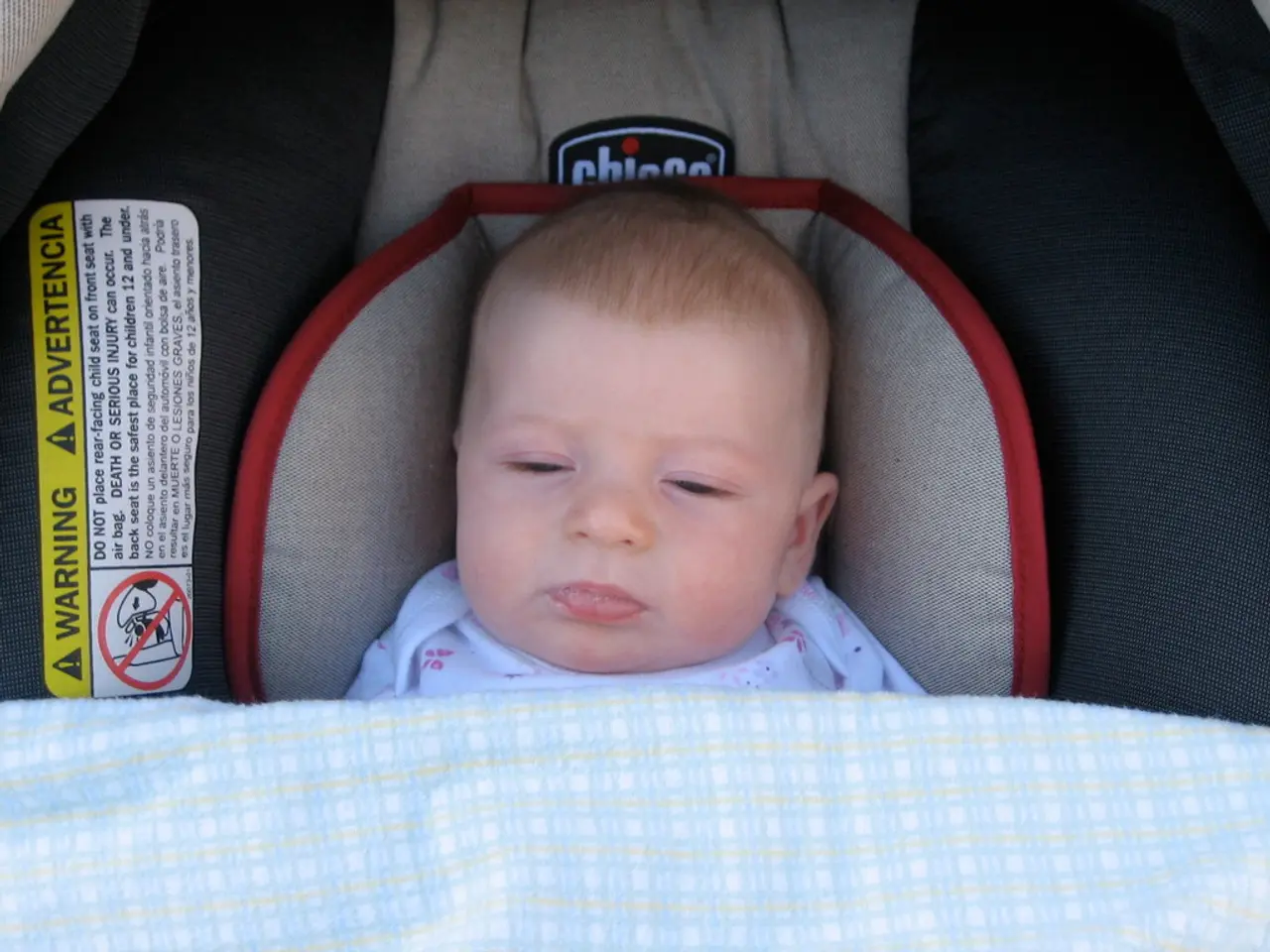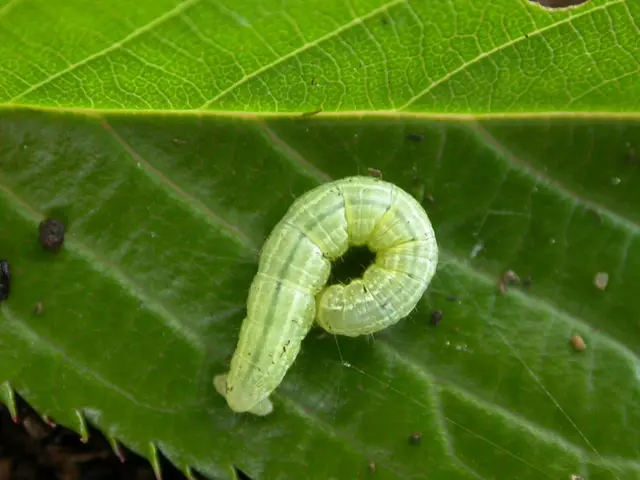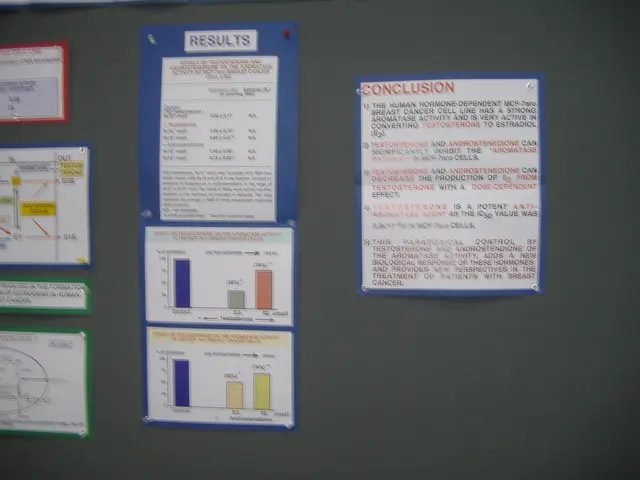Best Baby Sleeping Positions Explored
The American Academy of Pediatrics (AAP) and the Department of Health and Human Services have emphasised the importance of safe sleeping practices for babies during their first year to significantly reduce the risk of Sudden Infant Death Syndrome (SIDS) and other sleep-related infant deaths.
The key guidelines, often referred to as the ABCs of Safe Sleep, include:
1. **Alone:** Babies should sleep alone in their own sleep space, free from sharing a bed with parents or siblings. The sleep environment should be devoid of pillows, loose blankets, toys, bumper pads, and any soft items that might cause suffocation or overheating.
2. **Back:** Always place babies on their backs to sleep—both for naps and nighttime. This supine position is considered the safest and ideal to prevent SIDS. Side or stomach sleeping is strongly discouraged, although once a baby can roll over independently, they can be left in the position they assume by themselves.
3. **Crib:** Use a safety-approved crib, bassinet, or portable play yard with a firm, flat mattress and a fitted sheet. No extra bedding, quilts, pillows, or bumpers should be used. The crib should be kept simple, with a sleep surface that fits snugly, and the baby should not be overdressed or covered with loose blankets; a wearable blanket or sleep sack is preferred to keep the baby warm without risks.
4. **Room Sharing:** The AAP recommends that babies share a room with their parents (but not the same bed) for at least the first six months, ideally up to one year. Room sharing facilitates easier monitoring and feeding while reducing SIDS risk.
5. **Room Temperature:** Maintain a comfortable room temperature between 68–72°F to prevent overheating. Avoid overbundling the baby or covering their head during sleep.
6. **Pacifier Use:** Offering a pacifier at sleep time is encouraged once breastfeeding is well established, as it may reduce the risk of SIDS.
Preterm infants with respiratory diseases may need to sleep on their stomachs, but only in a medically supervised environment, such as a hospital. Infants who sleep on their backs may clear fluids more effectively, and there is no evidence that they are at a higher risk of choking on vomit or saliva.
It is important to note that flattening of a baby's head due to sleeping on the back is usually temporary. Encouraging the baby to lie and play on their tummy during waking hours can help prevent this. SIDS is unlikely to occur after 12 months of life.
Ensuring that there are no cords or other hanging items nearby is also crucial to prevent accidental strangulation or suffocation. In 2017, an estimated number of infants died of accidental strangulation or suffocation in bed in the U.S., and in the same year, an estimated number of SIDS cases occurred, with the actual number potentially being higher.
Since the AAP made these recommendations in 1992, there has been a significant decrease in SIDS cases. It is crucial to ensure that the baby's sleeping area has nothing that could cause suffocation or entrapment. The risk of SIDS is highest within the first 6 months of life, with most cases occurring between the ages of 2 and 4 months.
By adhering to these safe sleep practices, parents and caregivers can help protect their babies from the potentially devastating effects of SIDS and other sleep-related infant deaths.
- Parents should follow the ABCs of Safe Sleep guidelines, which include the recommendation to share a room with the baby (but not the same bed) for at least six months, ideally up to one year, to lower the risk of Sudden Infant Death Syndrome (SIDS).
- To maintain the baby's health and wellness, parents should ensure that the sleeping area is free from soft items, such as pillows, loose blankets, toys, and bumper pads, to prevent suffocation or overheating.
- New science suggests that offering a pacifier at sleep time may reduce the risk of SIDS, but preterm infants with respiratory diseases may need to sleep on their stomachs in a medically supervised environment, such as a hospital.
- To protect the baby from SIDS, parents should establish good sleep habits, like placing the baby on their back to sleep, maintaining a comfortable room temperature, and using natural and approved products in the nursery.







